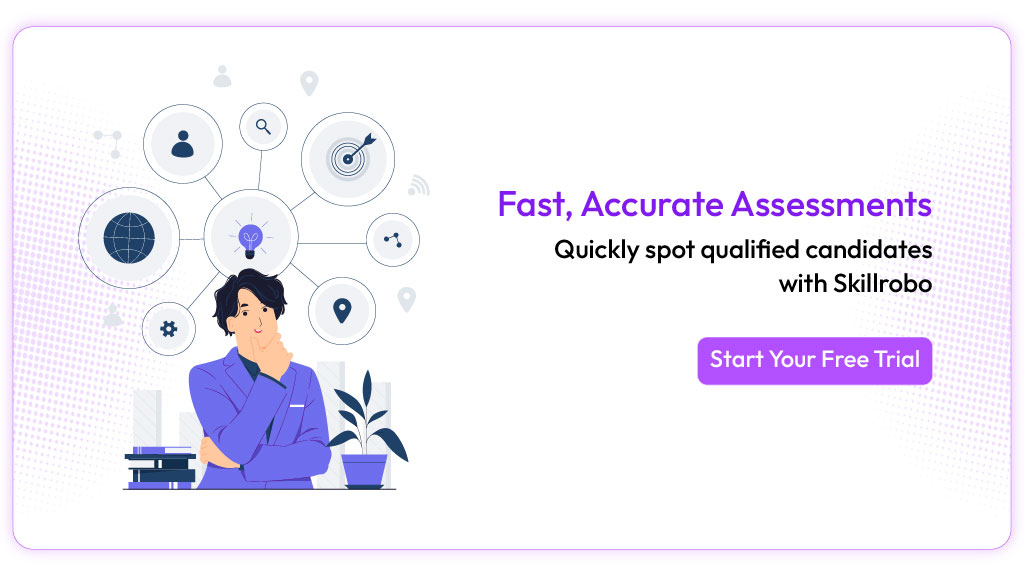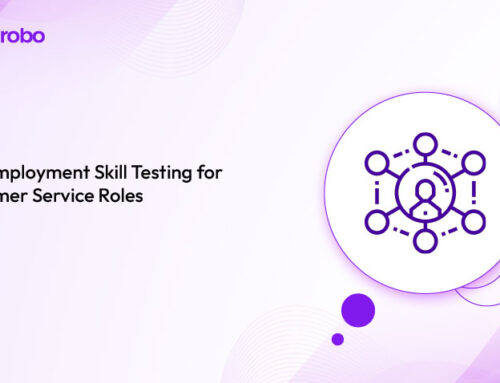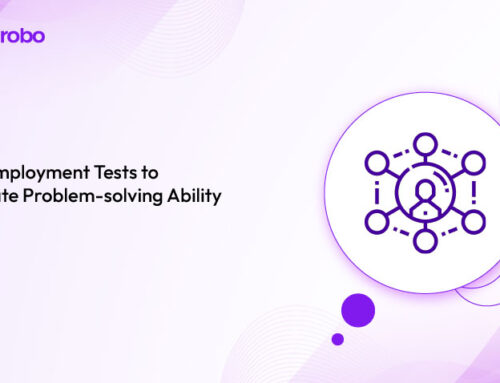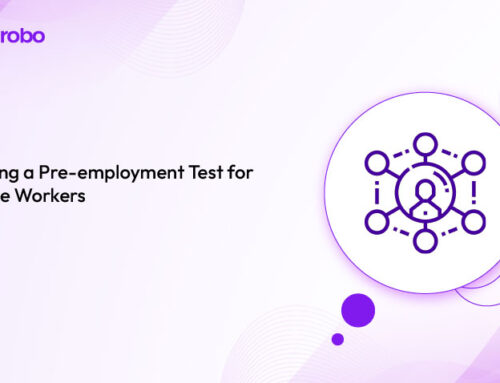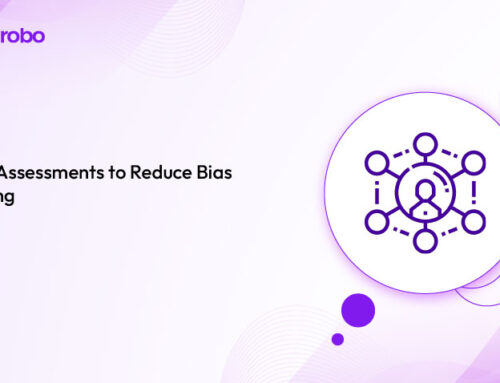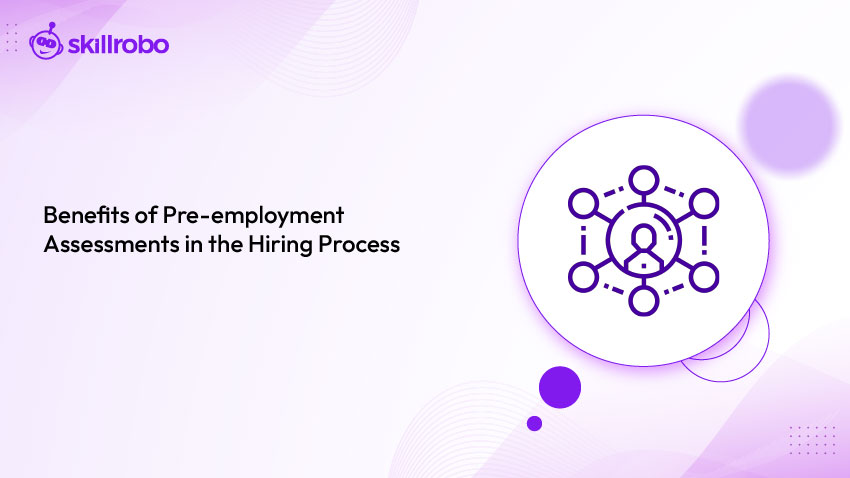
Key Takeaways
- Pre-employment assessments enhance hiring accuracy by evaluating job-specific skills and reducing reliance on resumes.
- They improve employee retention by identifying candidates who align with role demands and company culture.
- Assessments streamline recruitment, saving time and resources with data-driven candidate insights.
- They promote fairness, minimizing bias and ensuring equitable evaluation across diverse applicant pools.
Why Improve Hiring Accuracy
Finding the right talent is a persistent challenge for businesses, and pre-employment assessments have become a powerful tool to address it. These tests go beyond traditional screening methods, offering a structured way to measure skills, cognitive abilities, and behavioral fit. By providing objective data, they help HR professionals and hiring managers make informed decisions, reducing the risk of costly mis-hires. Whether for technical roles or leadership positions, assessments deliver tangible benefits that transform recruitment. In this blog, we’ll explore how pre-employment assessments improve hiring outcomes and how Skillrobo enhances the process.
Enhancing Hiring Accuracy
Pre-employment assessments significantly boost the precision of hiring decisions by focusing on candidates’ actual abilities rather than subjective impressions. Resumes can exaggerate qualifications, but assessments verify skills like coding for developers or problem-solving for analysts. A logistics firm might test route optimization, ensuring hires can handle real tasks.
According to Criteria Corp, companies using validated assessments see a 36% increase in hiring accuracy. This precision reduces the guesswork, aligning talent with role demands and minimizing the risk of onboarding individuals who can’t perform, ultimately strengthening team performance.
1. Verifying Job-Specific Skills
Assessments confirm competencies critical to roles, like data entry for administrative positions. This ensures candidates possess the technical or practical expertise needed, reducing the likelihood of skill gaps that hinder productivity after hiring.
2. Reducing Reliance on Resumes
Resumes often lack depth or truth. Tests reveal true capabilities, like a marketer’s analytics skills, providing recruiters with concrete evidence of potential, and ensuring hires match job needs beyond polished applications or interview charm alone.
3. Predicting Job Performance
Validated assessments, like those for problem-solving, correlate with on-the-job success. For sales roles, negotiation tests predict quotas met, giving recruiters confidence in selecting candidates who will excel in their specific positions long-term.
4. Minimizing Hiring Mistakes
Mis-hires cost time and money. Assessments identify red flags, like poor decision-making in leadership candidates, preventing costly errors by ensuring only those with proven abilities advance and safeguarding team efficiency and morale.
5. Tailoring to Role Complexity
Tests adjust for job levels—basic tasks for entry roles, strategic thinking for seniors. This customization ensures hires fit the role’s complexity, enhancing accuracy across diverse positions within an organization’s structure.
Improving Employee Retention
Retention hinges on hiring candidates who not only have the skills but also fit the company’s culture and demands. Pre-employment assessments evaluate behavioral traits and cognitive strengths, identifying those likely to stay long-term. A retail chain might assess adaptability for fast-paced roles, ensuring hires thrive under pressure.
The Predictive Index reports that 67% of companies using assessments see lower turnover, as they match individuals to roles where they’re engaged and effective. This alignment reduces early exits, fostering stable, productive teams.
1. Assessing Cultural Fit
Behavioral tests reveal traits like teamwork in collaborative environments. For customer-facing roles, empathy assessments ensure hires align with service values, boosting retention by placing candidates in culturally compatible positions.
2. Matching Skills to Demands
Tests ensure candidates handle role pressures, like multitasking for coordinators. This match reduces burnout, as hires are equipped to succeed, leading to longer tenure and fewer replacements, stabilizing workforce continuity over time.
3. Identifying Long-Term Potential
Cognitive assessments spot growth capacity, like strategic thinking for future leaders. Selecting hires with development potential ensures they stay engaged, reducing turnover by building a pipeline of talent ready for advancement within the company.
4. Reducing Early Turnover
Mismatched hires often leave quickly. Assessments filter out those unsuited, like poor problem-solvers in tech roles, ensuring hires stick around, and cutting costs tied to frequent rehiring and retraining in high-turnover industries.
5. Enhancing Job Satisfaction
Fitting candidates to roles they excel in, like creative tasks for designers, boosts satisfaction. Happy hires stay longer, as assessments ensure they’re placed where their strengths shine, fostering loyalty and team cohesion over time.
Streamlining the Recruitment Process
Time and resource efficiency are critical in hiring, and pre-employment assessments streamline the process by delivering quick, actionable insights. Automated scoring and analytics prioritize top candidates, cutting manual review time. A tech firm might use coding tests to filter hundreds of applicants fast.
Forbes notes that assessments can reduce hiring time by 25%, freeing recruiters for strategic tasks. This efficiency scales for high-volume needs, ensuring enterprises meet deadlines without compromising candidate quality, and making recruitment smoother and more cost-effective.
Accelerating Candidate Screening
Tests like coding evaluations quickly identify skilled applicants, reducing resume sifting. This speeds up shortlisting, letting recruiters focus on qualified candidates, and slashing time-to-hire for roles needing immediate staffing across various industries.
Automating Score Analysis
Real-time analytics rank candidates instantly, like sorting by problem-solving scores. Automation eliminates manual grading, streamlining decisions, especially for large pools, ensuring recruiters efficiently pinpoint top talent without delays in the hiring workflow.
Scaling for Volume Hiring
Assessments handle mass recruitment, like seasonal retail, with consistent evaluation. Scalable tools ensure quick, uniform screening, meeting tight deadlines while maintaining quality, critical for enterprises with recurring high-volume hiring needs annually.
Reducing Interview Overload
Pre-filtering via tests cuts unqualified candidates, like those lacking analytical skills. Fewer interviews save time, letting recruiters focus on finalists, optimizing resources, and speeding up the overall recruitment cycle effectively.
Centralizing Recruitment Data
Assessment platforms store results, like leadership scores, in one system. Centralized data simplifies tracking and comparison, streamlining workflows, and ensuring recruiters manage hiring efficiently without juggling multiple tools or records during the process.
Promoting Fairness in Hiring
Fairness is a cornerstone of modern recruitment, and pre-employment assessments help achieve it by focusing on objective metrics. They minimize bias from resumes or interviews, leveling the playing field. A healthcare provider might test empathy equally across candidates, ignoring subjective factors like accents. Workable reports that 62% of companies using assessments see improved diversity, as they prioritize skills over demographics. This equitable approach builds inclusive teams, enhancing innovation and compliance with hiring standards.
Reducing Subjective Bias
Tests focus on skills, like communication for support roles, not names or backgrounds. This objectivity ensures diverse candidates compete fairly, reducing bias that skews traditional methods, and fostering equitable hiring practices across the board.
Standardizing Evaluations
Consistent scoring, like leadership potential assessments, applies the same criteria to all. Standardization eliminates favoritism, ensuring every applicant is judged on merit, enhancing fairness in large-scale or competitive hiring scenarios effectively.
Enhancing Diversity Outcomes
Skill-focused tests boost inclusivity, like problem-solving for engineers. By ignoring irrelevant traits, they attract varied talent, building diverse teams that drive creativity and reflect a broader range of perspectives in the workplace.
Supporting Compliance Needs
Assessments align with legal hiring standards, avoiding discriminatory questions. Objective evaluations ensure fairness, critical for regulated industries like finance, protecting companies from legal risks while maintaining equitable processes for all candidates consistently.
Improving Candidate Trust
Transparent, skill-based tests show fairness, like equal coding challenges for all. Candidates trust the process, feeling valued for abilities, not connections, enhancing employer reputation and attracting top talent to the hiring pipeline.
Overcoming Common Misconceptions
Despite their benefits, pre-employment assessments face skepticism—some see them as time-consuming or unfair. Addressing these misconceptions is key to adoption. Tests can be efficient and equitable when designed well, offering value over traditional methods. A retail chain might prove quick assessments outpace lengthy interviews. Clearing up myths ensures HR professionals leverage assessments fully, maximizing their impact on hiring success.
Debunking Time Concerns
Critics claim tests slow hiring, but automated tools deliver results fast, like 20-minute skill evaluations. This efficiency beats manual reviews, proving assessments save time when implemented with streamlined, tech-driven processes for recruitment.
Addressing Fairness Doubts
Some fear bias in tests, yet validated designs focus on skills, not demographics. Objective questions ensure equity, dispelling myths by showing all candidates face the same standards, and enhancing trust in the hiring process.
Proving Predictive Value
Skeptics question accuracy, but data links test scores to performance—like sales success. Proven correlations reassure recruiters, showing assessments reliably predict job fit, countering doubts with evidence of their effectiveness over time.
Simplifying Implementation Fears
Complexity worries deter use, but user-friendly platforms ease setup. Pre-built templates for roles like tech or service streamline adoption, proving assessments integrate smoothly into existing hiring workflows without overwhelming resources.
Highlighting Cost Benefits
High costs concern some, yet assessments cut turnover expenses—like retraining. Long-term savings outweigh initial investment, demonstrating financial value, especially for enterprises hiring frequently or managing large applicant volumes annually.
Conclusion
Pre-employment assessments transform hiring by improving accuracy, retention, efficiency, and fairness, ensuring enterprises secure top talent. Skillrobo enhances these benefits with role-specific assessments, cognitive and behavioral evaluations, AI-driven questions, and real-time analytics. For HR professionals seeking better outcomes, Skillrobo delivers precision and insight. Sign up at Skillrobo to optimize your hiring process today.

